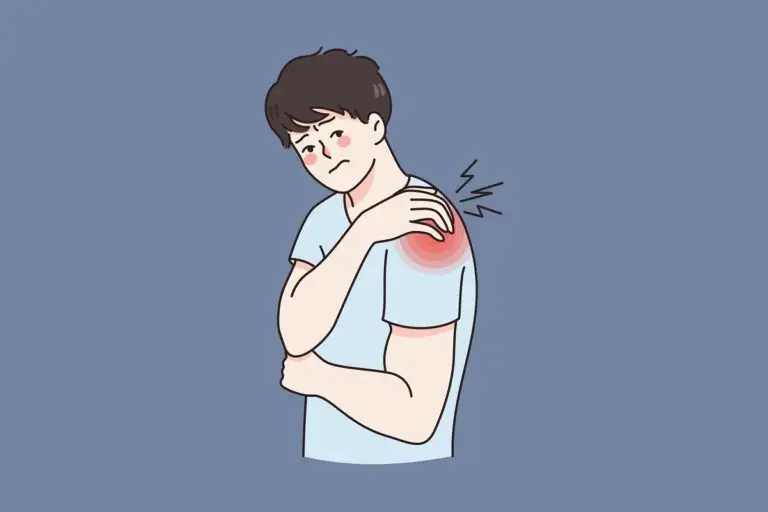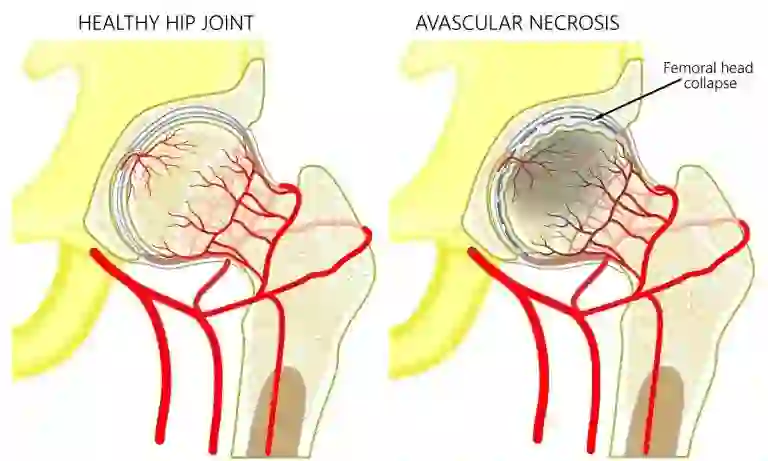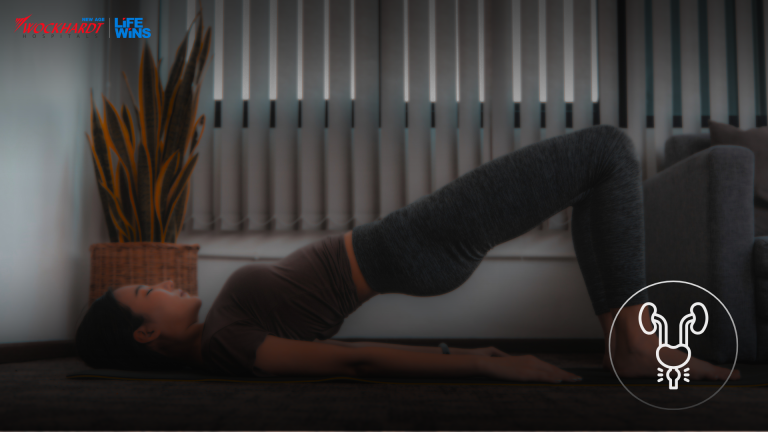In everyday life, it’s your shoulder doing all the work. It has to move in everything that you do.
You use it for lifting, reaching out to pick up something, reaching overhead to get that book off the shelf, or even pitching a ball and swinging your bat.
You can do all of these activities since you have a supple, flexible shoulder joint with pristine cartilage and all the surrounding muscles working in rhythm.
But everything that moves around so much and is like a “golf ball on a tee” is also more prone to get injured. You will be surprised to know that the shoulder joint is the body’s most injured joint.
It’s the repetitive motion of the shoulder joint (especially strenuous overhead motion) for someone involved in activities like painting, hanging curtains, working as a hairdresser, and lifting heavy weights in a gym that takes a toll on this otherwise forgiving joint.
Your shoulder can get hurt in other ways too:
- Age. Natural wear and tear that comes with age. Age-related loss of cartilage (Primary Osteoarthritis) is one of the most common causes.
- Post-traumatic arthritis- occurs after an injury to the cartilage or fracture.
- Dislocation of the shoulder joint- when the ball comes out of the socket. It is one of the most painful conditions!
- Bursitis- also called ‘impingement’ or RC syndrome. This leads to inflammation of a fluid-filled sac in the shoulder
- Rotator cuff tear. This is a group of muscles and tendons that keeps your shoulder together
- The long head of biceps tendinitis- due to age-related degeneration or after injury.
- Frozen shoulder- seen commonly in diabetics, this is due to thickening of the capsule around the shoulder joint.
Prevention
The great news is that most of these shoulder pathologies are easily treatable without surgery.
Of course, ‘prevention is better than cure. Some simple ways to avoid shoulder pain are-
- Be cognizant of what the shoulder tells you. It’s like “Talking to your shoulder” – stop any activity that bothers it, step back, give it some rest if it gets sore, and use ice packs or over-the-counter pain medication. If the pain doesn’t subside, consult your doctor.
- Try to stay fit and flexible- some kind of upper body workout surely helps keep the shoulder joint healthy, muscles at ease, and avoid stiffness. Exercise regularly but do it the right way. A good warm-up is a must to avoid injury. Having a personal trainer in the initial few months for starters helps you get the right form, especially while lifting weights. Elastic and Resistive band exercises are safe and effective for all age groups
- Aim for the right ‘Work Ergonomics’- Check your posture while sitting in a chair relative height of your work desk and try keeping up your back straight without slouching. Stretch for a few minutes every hour, and move around a bit intermittently. Having a good workstation setup is the key!
- Watch out when reaching out for something placed on a rooftop shelf or under the couch to avoid over-stretching your shoulder and inadvertently hurting it. Also, lifting something very heavy away from your body axis can tear your muscles or injure ligaments.
Dr. Mohit M Kukreja
Consultant – Orthopedic Surgeon
Wockhardt Hospitals, Mumbai Central

















